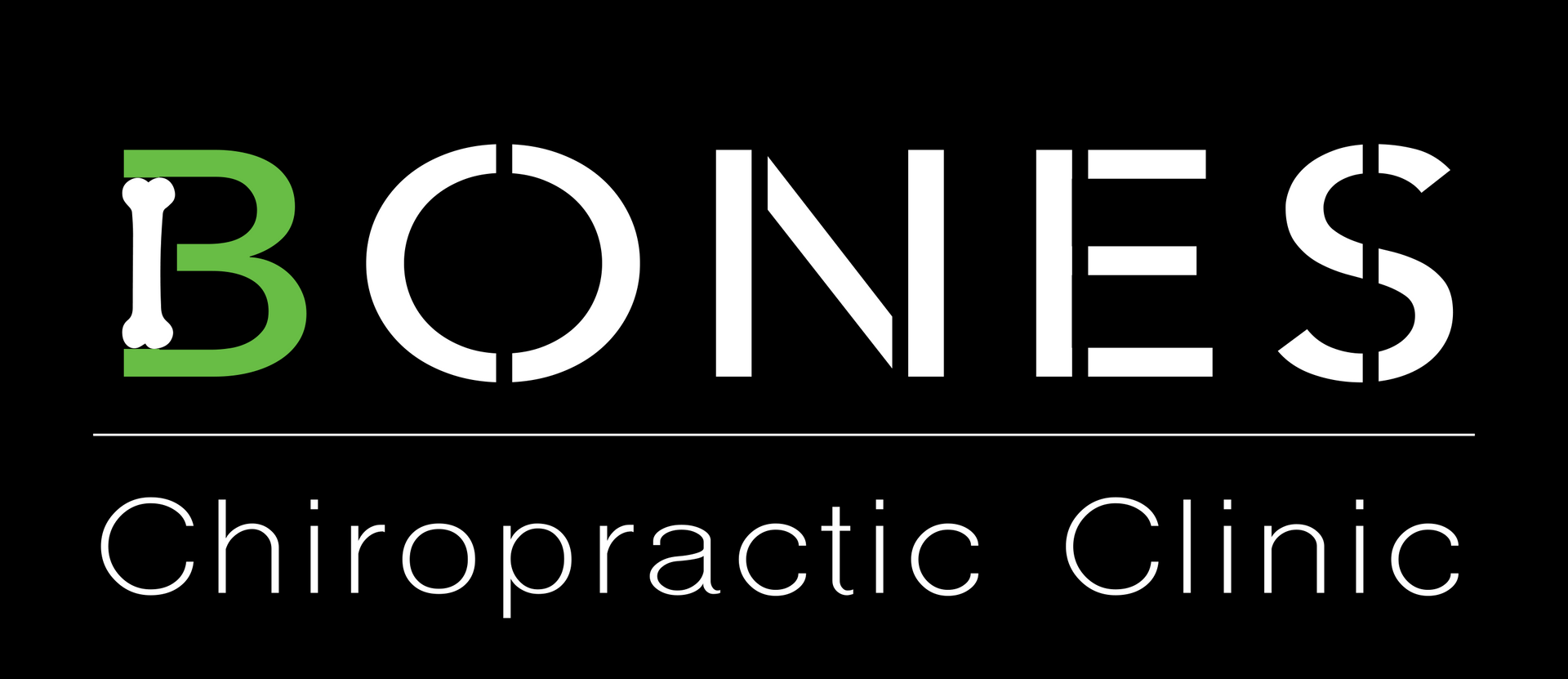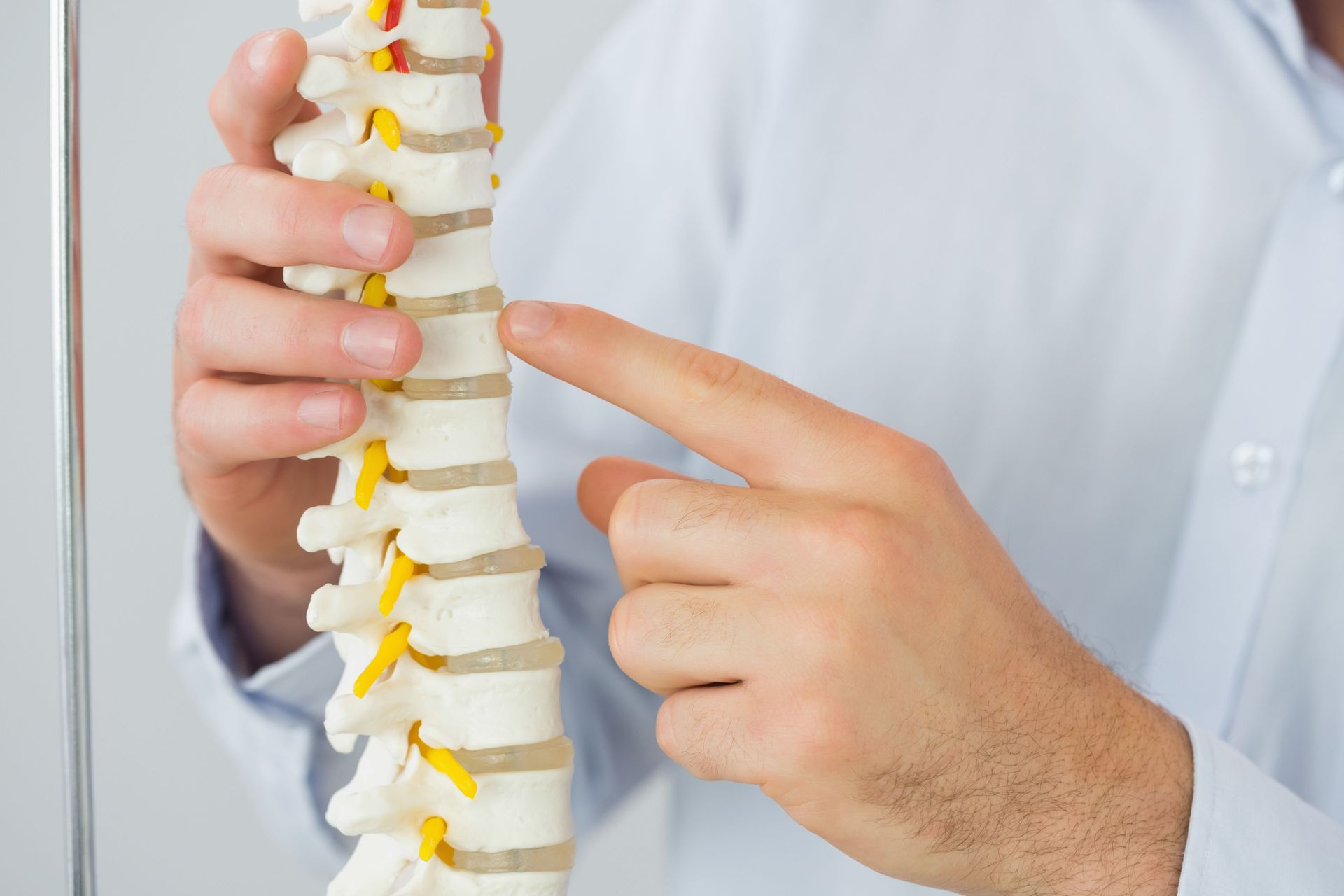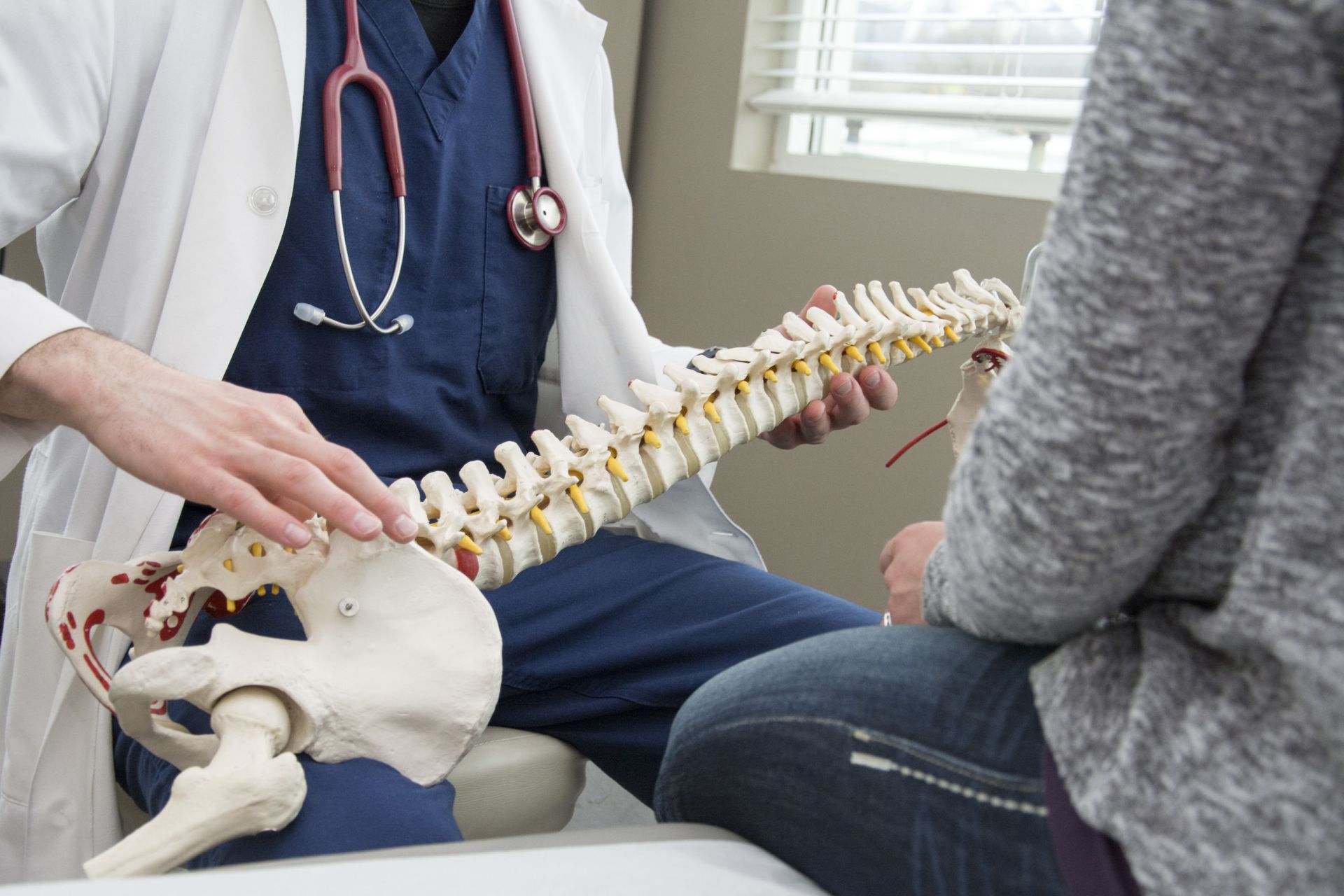Back Pain? Here’s What to Do and Who to See for Relief
Back pain is a common ailment that affects people across the world, disrupting daily activities and diminishing quality of life. Understanding the underlying causes of back pain and recognizing when to seek appropriate medical intervention is crucial for effective management and relief. Let's take a moment to look at some insights and guidance on addressing back pain through appropriate lifestyle adjustments, first aid measures, and professional healthcare consultations for a comprehensive and individualized treatment plan.
First Aid and Immediate Relief Methods
Rest and Immobilization
When back pain first strikes, immediate steps involve resting and potentially immobilizing the affected area to prevent further strain and damage. Short-term rest can provide relief, allowing the body to initiate its healing processes without exacerbation through movement. Avoiding activities that trigger or worsen the pain is crucial during the initial recovery phase. However, prolonged inactivity can lead to stiffness, so it's important to balance rest with gentle movement. Understanding the difference between beneficial rest and potentially harmful inactivity is key to effective pain management.
Resting periods should be complemented by gradual reintroduction of low-impact movements to maintain circulation and prevent muscle degeneration. Engaging in light stretching or walking fosters mobility without straining the back. Prolonged periods of immobilization are only recommended in cases where movement causes significant pain, as advised by healthcare professionals. Situations requiring complete immobilization typically involve severe injuries or post-surgery recovery guided by medical directives. Achieving optimal recovery involves recognizing the signals from one's body and adjusting activities to align with comfort levels.
Seeking counsel from medical professionals provides guidance on appropriate rest and activity levels during recovery from back pain. They can recommend suitable exercises or therapies and inform about possible complications arising from improper immobilization. Personalized plans based on the patient’s specific condition and pain triggers help in creating a beneficial balance between rest and activity. Additionally, utilizing supportive tools such as back braces may offer temporary relief while easing mobilization restrictions. Ultimately, successful recovery hinges upon a strategic combination of rest, controlled movement, and professional supervision.
Applying Ice or Heat
Applying ice or heat is a common and effective immediate relief method for back pain, each serving distinct purposes. Ice is beneficial in the initial stages of injury, aiming to reduce swelling and numb the area for temporary pain relief. By constricting blood vessels, ice application limits inflammation and minimizes swelling, aiding recovery. Conversely, heat is typically used for chronic pain or muscle stiffness, promoting blood flow and relaxing tense muscles.
Over-the-Counter Pain Relief
Over-the-counter (OTC) pain relief medications offer a convenient and accessible solution for those seeking immediate respite from back pain. Common OTC options include nonsteroidal anti-inflammatory drugs (NSAIDs) such as ibuprofen and analgesics like acetaminophen. These medications help alleviate pain by reducing inflammation or blocking pain signals, albeit providing only temporary relief. Ensuring adherence to recommended dosages and durations is crucial to prevent potential side effects, such as gastrointestinal issues or liver damage. While OTC medications provide short-term relief, they are not substitutes for addressing underlying causes or long-term management strategies.
Suitable for mild to moderate pain levels, OTC medications should be complemented by lifestyle modifications and professional guidance for holistic management. Pain relief through OTC drugs is often enhanced by concurrent application of other first aid measures such as ice or heat. Maintaining an open dialogue with healthcare providers about regular usage ensures awareness of interactions with other medications or health conditions. Awareness of potential side effects and their management is critical when integrating OTC remedies with other therapeutic approaches. Exploring non-medicinal pain relief alternatives, especially for chronic situations, remains a balanced approach in addressing back pain.
Gentle Stretching and Low Impact Activities
Engaging in gentle stretching and low-impact activities can significantly alleviate back pain by promoting flexibility and muscle strength. Stretching activities specifically target tight or overworked muscles, easing tension and improving mobility. Integrating stretching into daily routines fosters better posture, reduces stiffness, and mitigates pain commonly associated with sedentary lifestyles. Consistent practice of targeted stretches helps elongate and strengthen muscles around the spine, thereby preventing potential future injuries. Low-impact activities such as walking, swimming, or cycling provide cardiovascular benefits while minimizing stress on the joints and spine.
Ergonomic Adjustments
Ergonomic adjustments represent a fundamental strategy for mitigating back pain by optimizing the interaction between individuals and their working environments. Ergonomics focuses on modifying tools, equipment, and layout to enhance comfort and reduce strain, promoting productivity alongside physical well-being. Working environments such as offices or workshops must incorporate ergonomic modifications to align with the natural posture, minimizing musculoskeletal strain. Correct chair height, desk positioning, and computer screen alignment contribute to a workspace that supports a healthy spine. Implementing ergonomic solutions requires mindful assessment of daily activities and adaptations based on individual-specific needs.
Consulting a General Practitioner
Identifying Persistent Symptoms
Consulting a general practitioner (GP) becomes necessary when back pain persists over time, intensifies, or begins to interfere with daily activities. Symptoms such as constant shooting, aching, or radiating pain signal potential underlying concerns requiring professional assessment. When back pain is acute or accompanied by symptoms like numbness, tingling, or bowel and bladder dysfunction, immediate medical attention is crucial to rule out severe conditions like nerve impairments. Long-term or recurring pain warrants evaluation to identify chronic conditions, encouraging early intervention strategies that can significantly influence recovery trajectories. GPs perform comprehensive assessments to discern the condition's severity and formulate appropriate treatment pathways.
Undergoing diagnostic evaluations provides insight into possible contributing factors, enabling targeted interventions. General practitioners operate as primary coordinators, providing referrals to specialists or ordering investigative diagnostics such as imaging tests or blood work. They utilize clinical judgment to consolidate a broad range of potential back pain sources, encompassing skeletal, muscular, and neurological assessments. GPs also contribute to identifying psychosocial factors influencing pain experience, guiding patients toward supportive, multidisciplinary care. Partnering with a GP to address ongoing back pain fosters trust and ensures access to integrated, evidence-based healthcare approaches.
Considering Chiropractic Care
Chiropractic care offers a non-invasive option for addressing certain types of back pain, particularly those related to spinal alignment or musculoskeletal strain. Chiropractors focus on diagnosing and treating mechanical disorders of the spine and joints through manual adjustments and other therapeutic techniques. According to Gitnux, about 35 million Americans receive chiropractic care each year—roughly 10 % of the population—highlighting its popularity as a complementary approach to traditional medical care. Many individuals find that chiropractic treatments help improve mobility, reduce pain, and support overall spinal health.
Chiropractic sessions often involve gentle spinal manipulations, soft tissue therapies, and personalized exercise recommendations. These treatments aim to restore proper alignment, relieve nerve pressure, and promote the body’s natural healing processes. Some patients also experience benefits such as improved posture, increased flexibility, and reduced muscle tension. While chiropractic care can be an effective part of a back pain management plan, it’s important to consult with both a chiropractor and a general practitioner to confirm that the approach aligns with your specific condition and medical history.
Back pain can disrupt daily routines and affect overall well-being, but proactive steps and professional guidance make a significant difference in recovery and prevention. Immediate relief measures like rest, ice, or heat application, over-the-counter medications, stretching, ergonomic adjustments, and even chiropractic care offer valuable tools for managing discomfort. Recognizing when to seek medical evaluation from a general practitioner or help from a chiropractor, such as Bones Chiropractic Clinic, ensures that underlying conditions are addressed before they progress. If you'd like to get started with our care, reach out today for a walk-in appointment!






Share On: